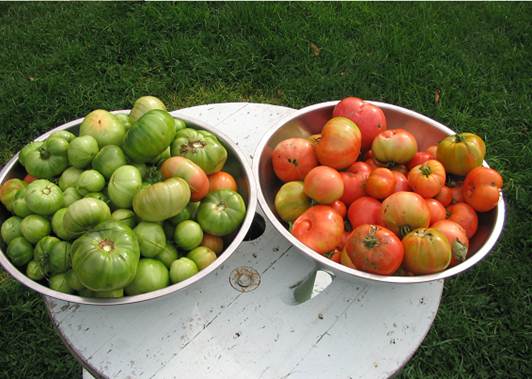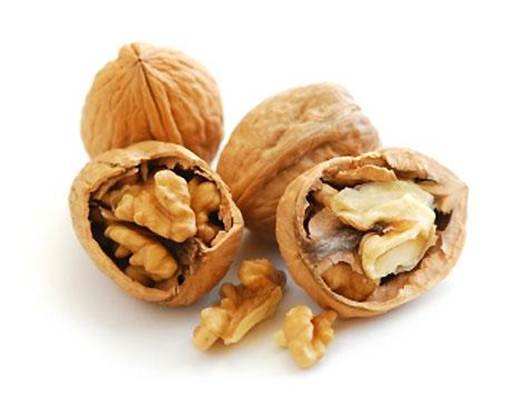Nutrients
Omega lowdown
You’re heard that omega-3 fatty acids,
especially those found in fish (eicosapentaenoic acid, EPA, and docosahexaenoic
acid, DHA) are good for your heart and brain. But if you don’t eat fish, you’re
probably not getting enough of the right ones. Studies show that vegetarians’
intake of EPA and DHA falls far short of the 500 milligrams dieticians
recommend. Flaxseeds and flaxseed oil contain another omega-3, alpha-linolenic
acid (ALA), which the body converts – but only in small amounts – to the omega
power-houses EPA and DHA.

Eat what fish eat: Fish are rich omega-3s
because they dine on DHA-loaded algae and EPA-rich seaweed. Dietitian Susan
Levin suggests adding powdered chlorella algae to a smoothie or eating sea
vegetables like hijiki or dulse.
Choose fortified eggs: Omega-3-enriched
eggs can contain up to 100 milligrams of DHA per egg. Check the label to be
sure they’re not enriched with fish-based DHA if you’re vegetarian, and eat the
yolks - that’s where the fats lie.
Hemp up: Hemp seeds, hemp flour, and hemp
butter contain another type of omega-3 fat, stearidonic acid (SDA), which
converts efficiently to EPA.
Take the green pill: Try
vegetarian-friendly algae supplements from Ovega-3 or V-Pure, which contain
about 450mg of EPA and DHA.
Eat well
Sweet & slow: Mindful eating
enhances weight loss naturally.

Eating out lead to excess, but a new study
shows that women who practice mindful eating (an approach drawn from the
principles of mindfulness meditation) can lose weight without dieting, even
while continuing to dine out regularly. Women who used these techniques, which
include taking time to savor the appearance, smell, texture, and taste of their
food, ate roughly 300 fewer calories per day than those who didn’t and lost an
average of 3.7 pounds over six weeks. “The goal is to maximize the pleasure of
eating out,” says lead author Gayle Timmerman, a nursing professor at the University
of Texas, Austin. “If you are paying more attention, you can be satisfied with
less.” The mindful eating skills transferred to the women’s own kitchens,
leading them to eat fewer calories at home.
Table talk
Bon appetit
Try these tips for fully savoring your
meal.
Slow down: Before you taste your food, take
a moment to appreciate how it looks, feels, and smells.
Notice: Pay attention to what happens
between the first, second, and third bites. The pleasure-per-bite ratio
typically drops off. The first bite or two of a dessert can give plenty of
satisfaction.
Choose well: if you feel neutral about a
certain food, skip it and save the calories for something you really anjoy.
Healing foods
Best in class

In a test of nine kinds of nuts,
researchers found that walnuts had the highest levels of polyphenols, potent
antioxidants reputed to reduce the risk of heart disease, diabetes, and certain
cancers.
Try it! For a flavorful snack, toss walnuts
with honey, cinnamon, and salt, and toast them at 350 degrees Fahrenheit for 10
minutes.